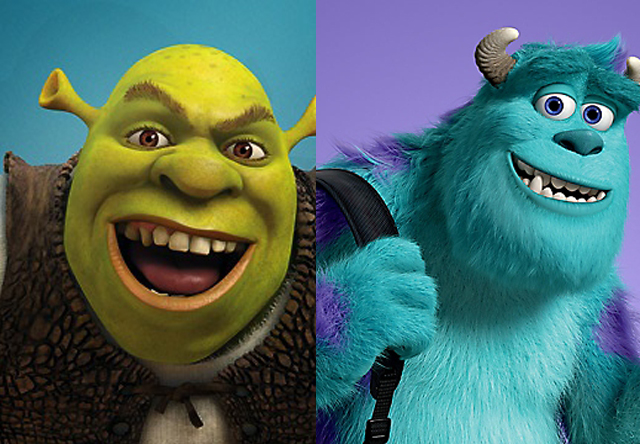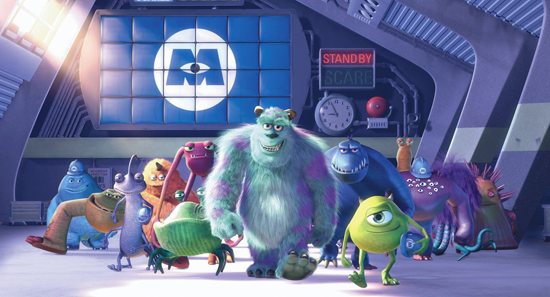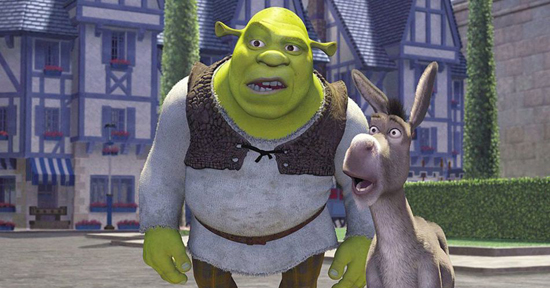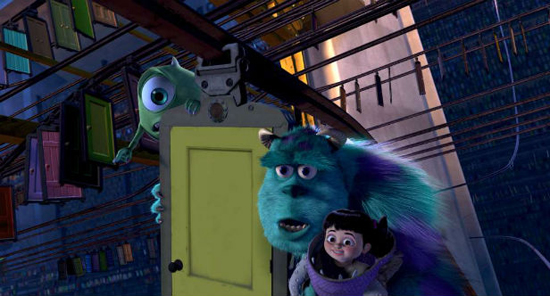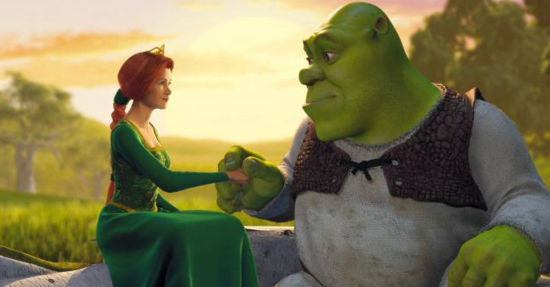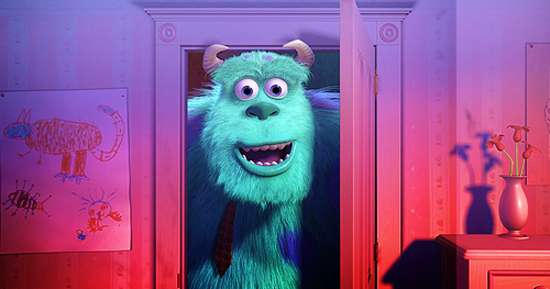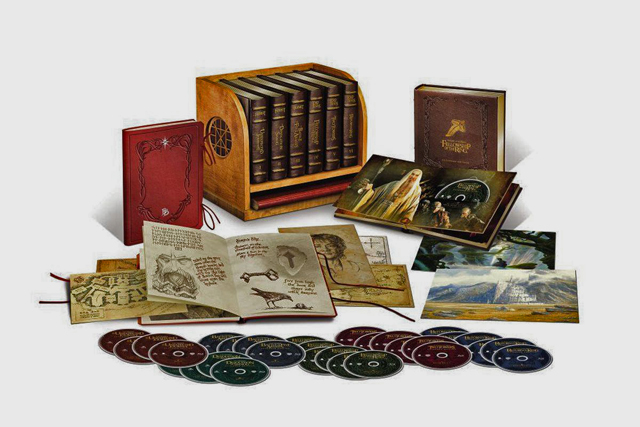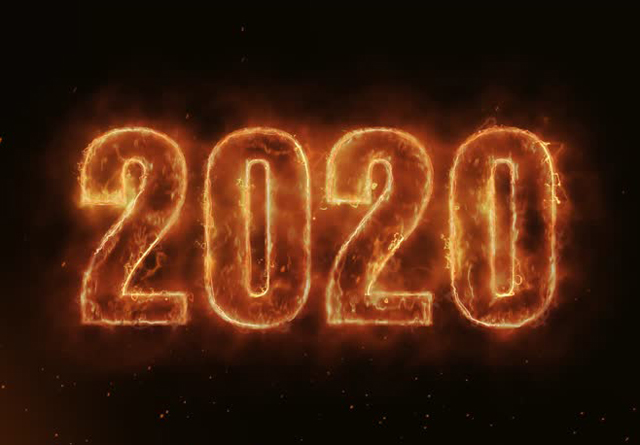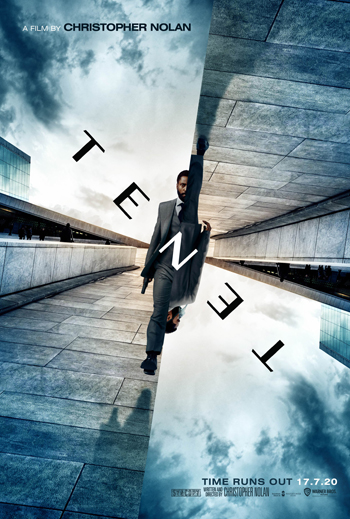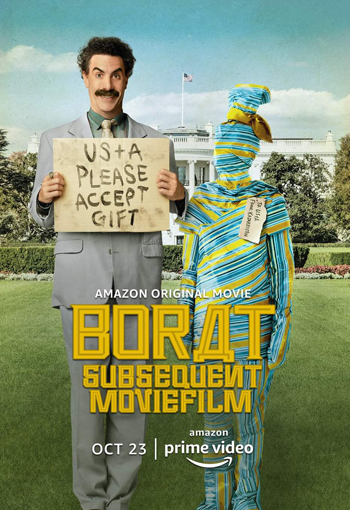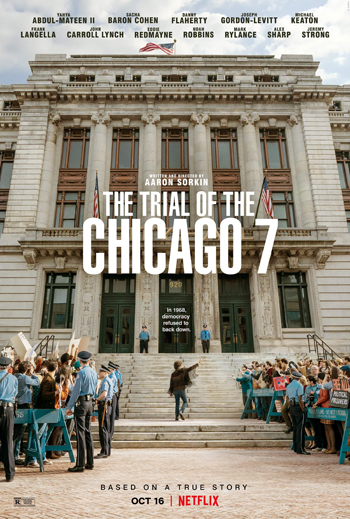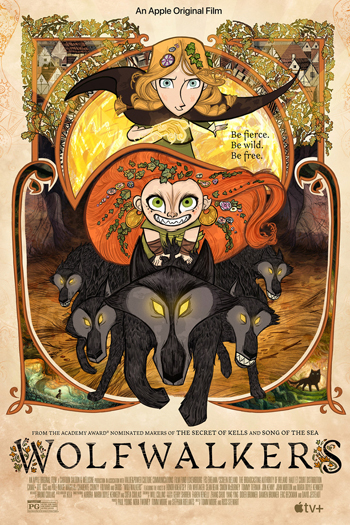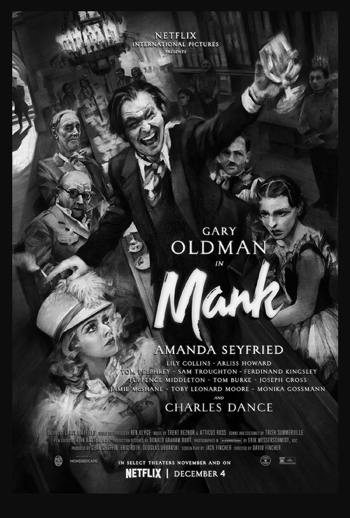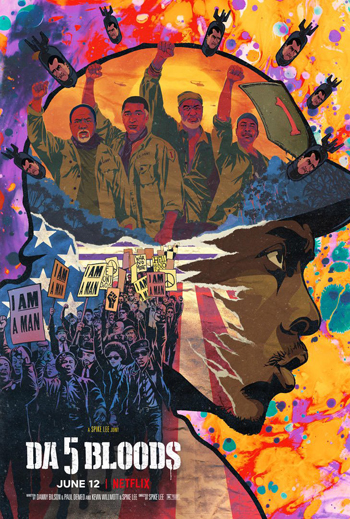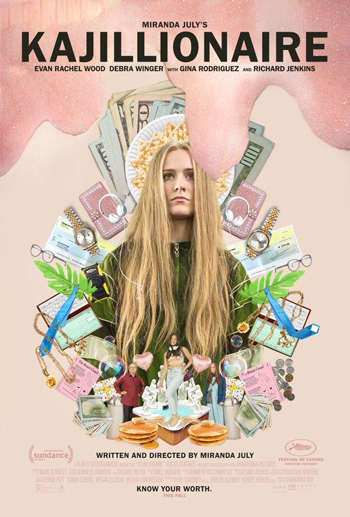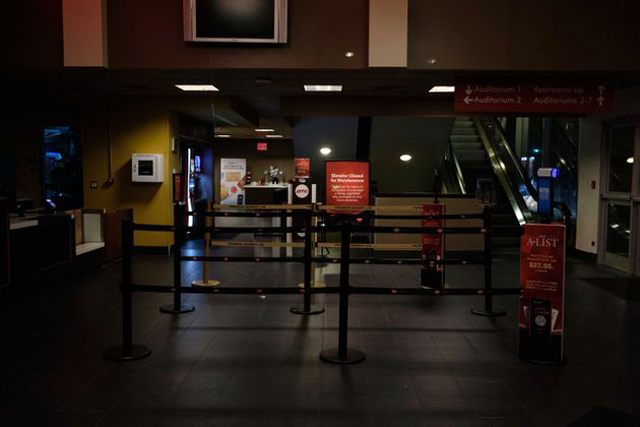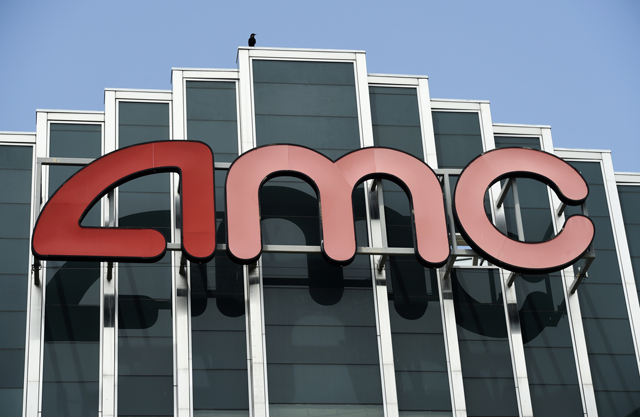
The year of 2020 was not kind to a large portion of the economy, but it proved especially apocalyptic for the movie theater industry. With the out of control spread of the COVID-19 pandemic across the world, the theater industry had no choice but to shut it’s doors in order to mitigate any further spread. Likewise, Hollywood had to reshuffle it’s entire calendar an either push back all their big releases, or go straight to streaming, which further put pressure on the theatrical market that was left with few options for it’s survival. Nearly a year after the shutdowns began, the theatrical market has yet to settle and begin the long road to recovery. Some areas of the world are returning to business as normal, but in the largest theatrical market in the world (North America), the pandemic still is causing mayhem, and potentially could even lead to a collapse of the theatrical industry itself. There has been a lifeline handed out by the government to assist smaller, independent theaters through the stimulus, and it will indeed help ensure that they can survive this storm. But, the ones left out of the stimulus package were the big theater chains that are publicly traded, and their survival is crucial to the actual survival of the theatrical market, because they are the ones that account for the most box office grosses that Hollywood banks their investments on. The fact that they are on their own in search for a way to survive the pandemic gives very little doubt in the likelihood of a full recovery for the pandemic ravaged theater industry, and this is very much reflected in the economic woes of it’s largest player in the market; AMC Theaters. Starting off this new year, no matter what they’ve managed to do thus far, it looked like AMC was almost certainly going to face bankruptcy. But like many of the movies that they’ve screened for audiences over the years, their story suddenly found itself in a late hour plot twist.
The sudden reversal of fortune came with this week’s chaotic stock trading upheaval. Fueled by the Reddit community WallStreetBets, several nearly bankrupt stock listings saw their value skyrocket, with a sudden influx of share buying from the Reddit users. Done mostly as a means of gaming the system to force a significant loss of revenue for hedge funds that have been aggressively short selling stocks in order to ensure that they fail so they could profit over their collapse, the WallStreetBets community disrupted the power dynamic of Wall Street while at the same time giving a temporary boost to stocks that were being pressured to fail by these vulture-like hedge funds. And one of those stocks just so happened to be AMC Entertainment. Up until this week, AMC’s stock value had dipped down to nearly $3 a share, which is as close to rock bottom as you could get for a company once valued much higher during the peak of the theater business. Prior to this week’s unexpected turns in the stock market, AMC was facing almost certain bankruptcy, as their capital was almost going to run out by the end of the month. In a last ditch effort to save the company, CEO Adam Aron pushed for a large sale of stock to the private equity firm Silver Lake Partners, whose much larger investment in the company gives them further leverage over the future prospects of the company. It’s a risky effort, but Aron was left with little other options left. And then, suddenly, thanks to Reddit, the stock saw a giant spike in value within a single day of trading, rising to nearly $20 a share. After buying all that stock so cheap earlier, Silver Lake Partners now suddenly saw a 300% increase on their investment, and began to sell back their shares at a massive profit. Of course, none of this Reddit fueled investment is going to last long, but it was enough to give AMC a short term boost that helps to settle some of it’s massive debt and remain solvent for a few more months, and possibly even the rest of the year.
So, the good news for AMC is that because of this sudden and unexpected turn of events, they are no longer in immediate danger of bankruptcy. However, they are not out of the woods yet, because their long term fortunes are still going to be determined by the recovery of the theatrical industry in general. The fact remains, normal is still a long ways off, with Hollywood still unsure about the prospects of box office totals ever returning to it’s record breaking highs of the past. A lot has changed in the past year, with so many compromises having to be made just to keep theaters from going under in the wake of the pandemic. There was the controversial shortened window deal made between AMC and Universal Pictures last year, which allowed for the studio to start streaming their movies after a short 3 week theatrical run. It was an unfortunate shift in the power dynamic favoring the studios, but it was also essential for the survival of the theaters that were open, since Universal’s movies were often the only ones driving any significant box office grosses over the last year, like with Dreamworks’ The Croods: A New Age (2020). And then came the highly controversial decision by Warner Brothers that they were going to do same day releases of their movies in both theaters and on their streaming service HBO Max; a move they decided on without consulting the theaters themselves first. It’s been moves like these that the theater industry always feared as streaming became a stronger competitor over the last couple years. And that’s a genie that can’t be put back into a bottle. The sad reality of 2020 for the theatrical market is that they’ve lost ground to a competitor that they are likely never going to get back. The only way to move forward now for the theaters is to convince both audiences and the studios that the best option to watch a new movie is on a big screen with a large gathering of people. And in a pandemic driven shift away from social gatherings in general and more towards getting people to stay home, that proposition is going to be a hard sell.
Indeed, AMC theaters was in hot water long before the pandemic took hold, and it was largely due to their unsustainable desire to become the industry leader. The company oddly enough started small over a century ago. The Dubinsky brothers of Kansas City, Missouri began their company with the purchase of the Regent Theater in the downtown district in 1920, where they would stage melodramas for the community. As the newly emerging artform of motion pictures began to take the world by storm, the Dubinskys, now called Durwoods, shifted to showing movies at the Regent to great success. Over the years, the Durwood family began to buy more theaters in the greater Kansas City area, and with the Paramount Decision in the 1950’s, the Durwood chain began to grow further with the competition from Hollywood studios being taken out of theater ownership. By the sixties, the Durwood family chain had spread across all of Missouri, Kansas, and several other Midwestern states. By this time they rebranded to American Multi-Cinema (AMC) and began their next big contribution to the theatrical industry, which was the mulit-plex model. Opening the first multiple screen venue in North America, AMC sparked a revolution in the way people went out to the movies. The multiplex brought movies out of downtown and into the suburbs, with malls and mini malls becoming the new homes for cinema. And with that steady growth over time, AMC withstood the ups and downs of the industry, as different chains came and went, but could never top AMC’s dominance. By the turn of the millennium, the theatrical market was defined mostly by the big three: AMC, Tennessee-based Regal, and Texas-based Cinemark. Nearly 80% of all movie screens in America are run by these three competitors alone. A boon for the theaters on top, but a negative aspect for diversity within the business as a whole.
And when there is little competition at the top of the market, it creates a lot more havoc once that market becomes destabilized, like what we’ve witnessed over the last year through the pandemic. A large reason why AMC was in such a dire situation is because a large part of their finances became tied up in mounting debt. As the company began to go international, thanks to backing from China based mega-corporation Wanda Group, they had to amass a lot of capital in order to expand, remodel or build entirely new theaters in order to grow their market reach. Now, it’s not unusual for companies to function while holding onto a great amount of debt; Netflix for instance has operated entirely while carrying billions of dollars in debt for almost it’s entire period of existence. The only thing is, in order to operate while in debt, you’ve got to prove to yur creditors that you remain profitable in the long run. It’s a good thing when your company sees sustained growth over time, but it can be disastrous when the market suddenly changes, and there is no hope of recovery. That is the position that AMC suddenly found itself in last year, and it could not have come at a worse time for them. In addition to their expansion, the company was also investing heavily in a video rental service of it’s own, as well as a membership plan similar to MoviePass. Both could prove beneficial to the company, but required a large upfront investment in order to lay the groundwork. Once the pandemic cut off their box office and concessions sales, AMC was left with no other revenue stream to pay for these expensive new services that they were hoping to sustain with the profits from their theaters. So, even before the pandemic hit, AMC had already put themselves in a rocky position that left them perilously close to collapse. And it was all driven by a desire to grow their business at a time when the cracks were already starting to show in the dam. All it took was a sudden pandemic to make the deluge happen.
And AMC’s woes are not just exclusive to their own company; it is industry wide to varying degrees. Regal, the number two theater chain, made the unprecedented move of just closing their entire chain for the time being in order to save on finances for the rest of 2020. Cinemark, is also financially struggling, but not at the same level as they hold much lower debt than their competitors. And the smaller chains and independent theaters were also on the brink of closing before the pandemic stimulus package was passed to provide relief. And there are many theaters that were sadly too far gone, and closed for good in the last year. There is no doubt that the theatrical industry is going to look far different in the months and years ahead; diminished and likely to be contracted even more. They’ve even given up much of their leverage in the business just so that they could survive another day. Even with the lifelines extended (miraculously in the case of AMC), we’re likely going to see the closure of many theaters still in the coming year. I don’t really see AMC holding onto as many of their locations that they held pre-pandemic. In my local area in the San Fernando Valley, AMC has no less than 4 locations within a five mile radius of my apartment, and that’s even with competition from Regal and Cinemark. Downtown Burbank alone is home to 3 AMC theater properties, with 30 total screens. Now, Burbank is a busy enough market that they can sustain 3 separate theaters, but in other communities, that would be overkill. In order to raise further capital, AMC and other big chains may have to look at either selling off their properties, closing them, or maybe even breaking their company up altogether into smaller blocks.
The hard truth is that the long term survival of AMC and other movie theaters is dependent on the confidence that Hollywood is going to have to have with them. And that is all dependent on whether or not audiences do return back to the numbers that were seen pre-pandemic. I highly doubt that we are going to get back to normal any time in 2021. The state of the industry may still have to depend on these special measures and hybrid releases in order to generate any box office this year. There are some pleasing signs of commitment from big studios like Disney, Paramount, and Sony towards still premiering their movies on the big screen. But, those same studios are still hedging their bets and that has resulted in them further delaying the releases of their movies towards the back end of the year. Disney for one seems to be favoring the hybrid model for now, as their latest animated feature Raya and the Last Dragon (2021) is still marked for a March release on both Disney+ and in theaters, though the premium access pay wall does at least give theaters a competitive break. It remains to be seen if this is only temporary or just ends up becoming the new normal. We’ll know more when Disney decides what to do with their big Marvel tentpole Black Widow (2021), which was originally slated for last summer. The hard truth is that with a lot of people staying home during this pandemic, they became a lot more comfortable consuming media from the comforts of their own living room. Movie theaters need to convince the public that they are the ideal place to watch movies again, and that is going to be hard as a lot of people have turned away from theaters for a long time. A lot of people’s pet peeves about going out to the movies (high ticket prices, disruptive patrons, lack of sanitation) just make the stay at home option all that much more appealing. But, there is a case for the communal experience being a part of the entertainment, like the experience of watching a audience pleasing Marvel movie that makes the crowd cheer and applause, or the fact that some movies are just too big to be fully appreciated even on the largest of TV screens. It’s that case that needs to be made by the theatrical industry, and hopefully by seeing the near collapse of the industry over the last year, movie theaters are going to be far more focused on showing why we need the movies now more than ever.
So, what we saw this week on Wall Street was much less a new lease on life for the ailing AMC and more of a stay of execution. Reddit users’ crusade of taking down predatory hedge fund short sellers by investing in AMC gives the theater chain some much needed breathing room, but what it does now is going to be crucial for it’s long term survival. They need to convince audiences to come back and believe that the theaters are the best home for the movies once again. The unfortunate thing is that the pandemic entrenched so many of us with only one option to watch our movies in the last year, and that’s a foothold for streaming that they are likely going to hold onto for quite a long time. And that’s a dire prospect for movie theaters across the board. Just in order to survive the year, movie theaters had to cut compromises that they otherwise would never have done before, and while it did keep some of them afloat for a while, it also ceded more ground to streaming in the process. At the same time, particularly in the case of the big three chains, it is a case of turnaround. They turned their nose up at Netflix for years, refusing to screen their movies in theaters because of Netflix’s desire for a short theatrical window before premiering on their service. But, as the pandemic raged, AMC relented and granted such a deal with Universal just so they could survive the year. One thing that could be a plus is that now Netflix can indeed screen their movies in the big chains, and Netflix has indicated that they still want to. Like I said before, we have only begun to see the change within the industry happen, and it’s going to change the way we view what it means to be box office hit under this new dynamic. For AMC, I’m sure that this last year is not at all how they wanted to celebrate their centennial anniversary, but it’s something that was well out of their control. The crazy thing we learned this week is that even their good fortune was completely out of their control as well. I hope that AMC’s benefit from these Wall Street shenanigans, as short-lived as they may be, does spur on a renewed commitment to revitalizing the theatrical industry and making it better and more sustainable. It’s a crazy plot twist, but hopefully it’s one that does open a new, and better chapter for the story of AMC theaters and the cinematic experience in general.
